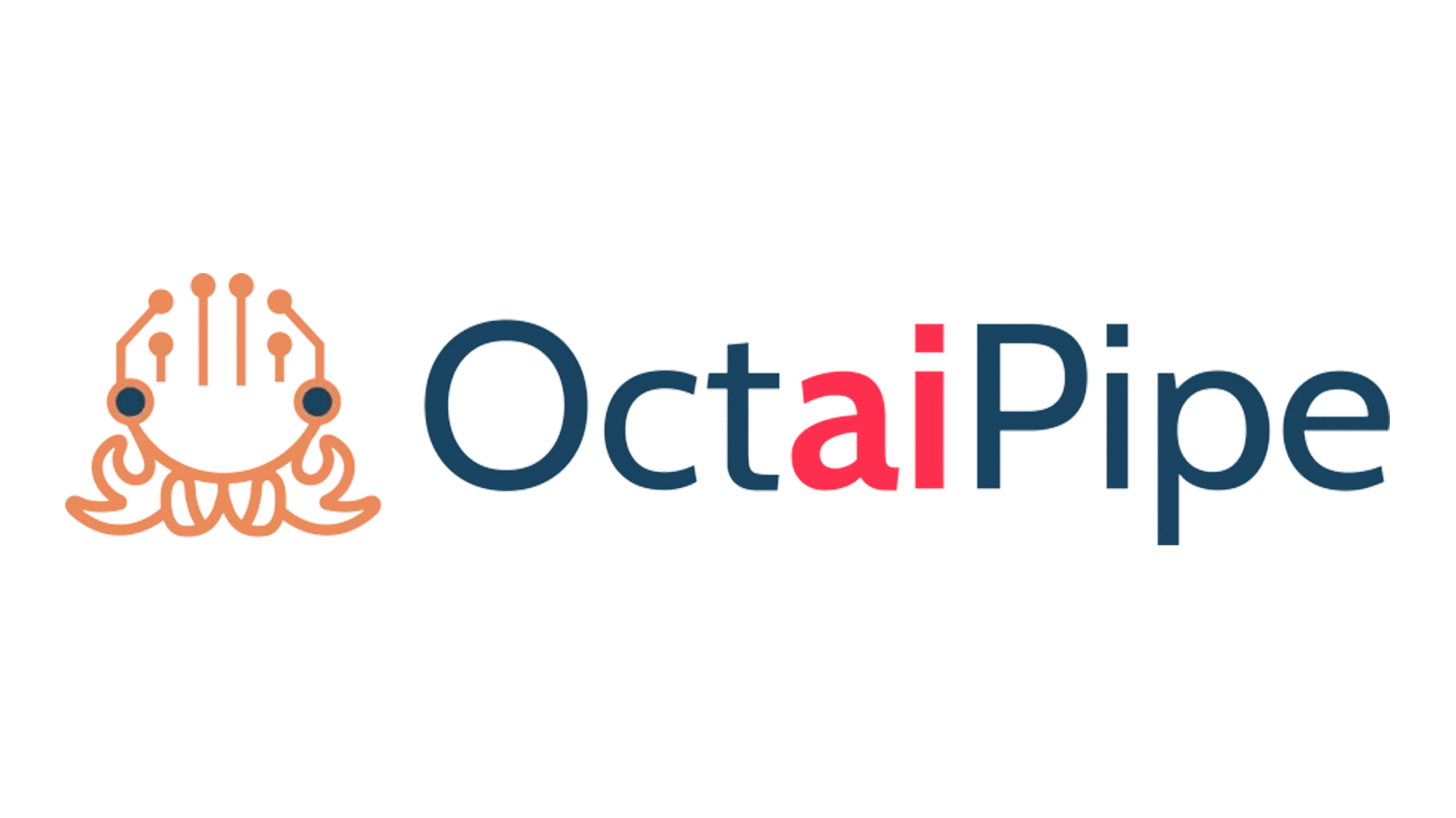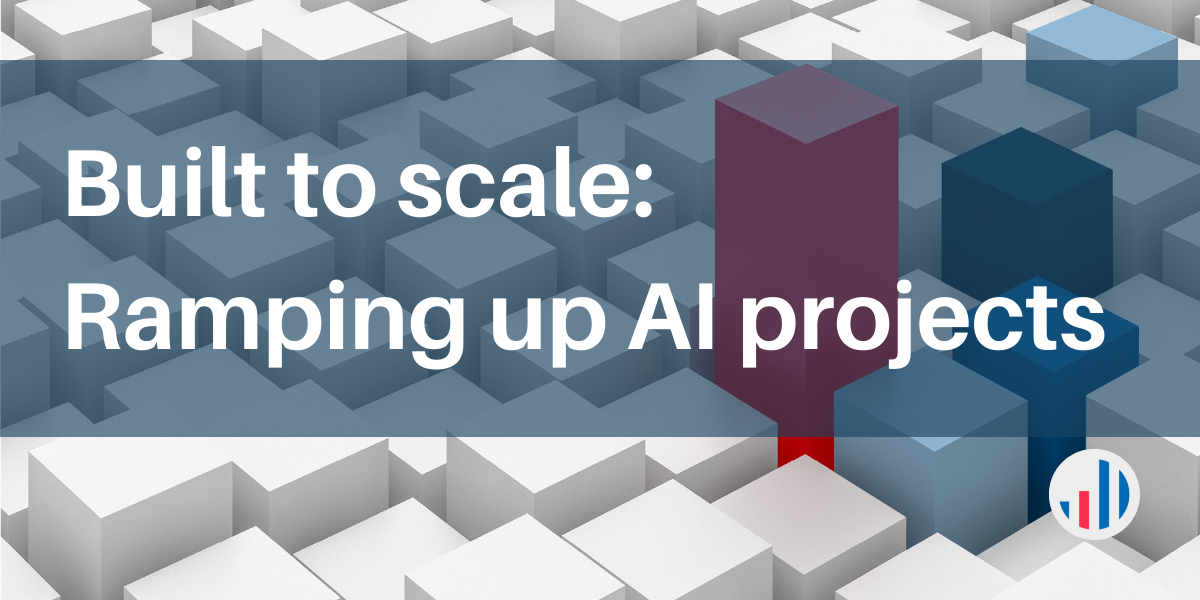During the AI & Big Data Expo, our Business Development Director, George Hancock, along with David Savage, Group Technology Evangelist from Harvey Nash Group, Marcus Storm, Senior Technical Product Manager (AI) at Beamery and Warren Barrie, Sales Director at Bulk Infrastructure Group, participated in the panel Built to scale – Ramping up AI projects.
See below the key points that emerged – Get in touch to see how we can help you.
What are the initial challenges when we’re going from ideation to deployment of AI machine learning?
The initial challenge, especially with ideation, is focusing on value and building that business case, in order to make sure the business understands it, users engage with it as well and know how to scale it.
Right after that, the next challenge is then to make the scaling of AI and Machine Learning as simple as possible. There is no need for any complicated infrastructure or complicated models.
The objective of deploying AI and ML to business processes or goals it’s very much focused on returning value back to them.
Is there key infrastructure or any models that people should be thinking about?
Although we are seeing an increase in the amount of data that companies collect and have available to work on and the quality of this data, we still see that many organisations overcomplicate projects by trying use things like deep learning models. Then they find they don’t have enough data.
The key here is then to start with something simple and use what you have available to understand the feasibility of the project.
Next, organisations need to consider the infrastructure they have available and again, simplicity is key, so businesses should almost always start with what they already have. You don’t necessarily need any complicated production scale infrastructure. At the start, businesses don’t need that level of investment.
We’re helping to overcome this challenge by providing a templated and pre-built platform that companies can rapidly deploy.
When we’re talking about volume and scale, large organizations usually carry a lot of legacy hardware and software. What are the challenges to this subject?
It is crucial to understand how big organizations look at this kind of new technology and how they perceive it. The key for businesses to perceive AI & ML in the right way is to start from where the business value is.
Although it is tempting to look at all the fantastic products, abilities of new technology, most of the failures that arise in large organizations, and in parallel the increase in the risk aversion to adopting and buying int new technology, are directly related to the mistake of starting from the technology rather than from the business value.
Organizations need to let their team out the business value and to develop a product that is as end-user friendly as possible. If they find that AI is the answer, great. But failures comes from forcing a technology that is not needed and does not deliver business value immediately into processes.
Where to get started with AI and Machine Learning?
First of all, when looking at different projects and trying to bring them together, organisations need to find a way of prioritizing where to focus and how/why to allocate resources.
AI & ML applications already present several benefits: from reducing costs to generating new revenue or making product improvements.
When applying AI and ML, a key question is to think if your business is a really fast explosive growth company that wants to innovate fast and develop new products in new areas that consumers don’t even know of today? Or perhaps the focus is on reducing costs a little, reducing the risk or delivering concrete benefits faster?
When businesses get to that stage, they need to take some risks. Any new project has a small chance of failure, hence balancing your approach to risk and accepting that things might happen that are unforeseen is an essential part of the journey. But it’s a science for a reason.
Ultimately, organisations need to remember to balance out commercial and technical developments.
Although groups can access several centers of excellence, all claiming to be the best and focusing on which one would be the most suitable for them, they also need to think if this approach is going to deliver value for them. Are they looking at the market as well as the commercial strategy to scale?
As a project scales, what are the most effective methods of keeping stakeholders engaged?
Foundations can take quite some time to be put in place so when developing projects at scale, organisations need to remember that changes won’t happen overnight. The inability to keep stakeholders engaged is a common reason why projects fail.
The keyword in this scenario is transparency and making projects transparent to senior executives within the business. Defining a start starting point and an endpoint, and measurables, along that journey, is key to keeping stakeholders engaged. Once organizations can then measure the project performance, they can monitor it; when they can monitor it, they can report on it.
How to justify a data and AI project?
Organizations need to accept that no data science project has a 100% guarantee of succeeding. Just like anything else in any business that starts a new project. Companies should build a portfolio of smaller projects and present them as a package. Then, along the way, they will hit and unlock objectives, not just in the AI space, but across the business, exposing data and creating value.
It is important to think about this approach from a customer’s perspective as well. In this case, instead of having access to resources in the budget internally, it will be about evidencing the value back to the business.
Organizations often ask how to use their data or what it can do for them. From a Data Science perspective, it’s about taking them on the Proof of Concept journey and using proven frameworks such as our accelerator to help them to do just that.
From research to feasibility and design, making sure both parties are clear on the business requirements. Then analyse the data and the architecture, so you know what data they’ve got that can make those models feasible, and then the architecture to scale it. Finally, run an analytical sprint to show what insights can be presented back to the business.
This has been found to be a really effective approach as it gives teams insight to share back with the business quickly, and if it isn’t going to work, then you can fail quickly too.



